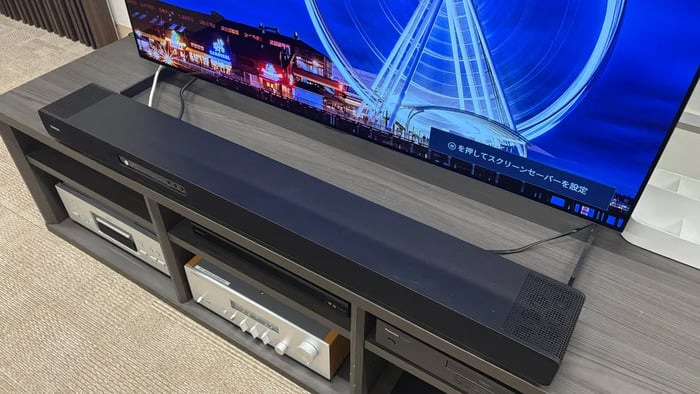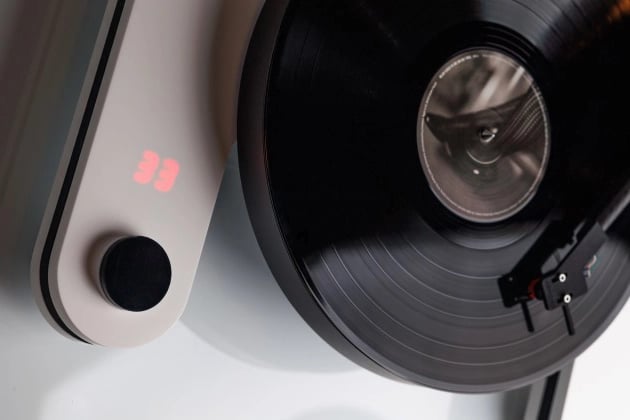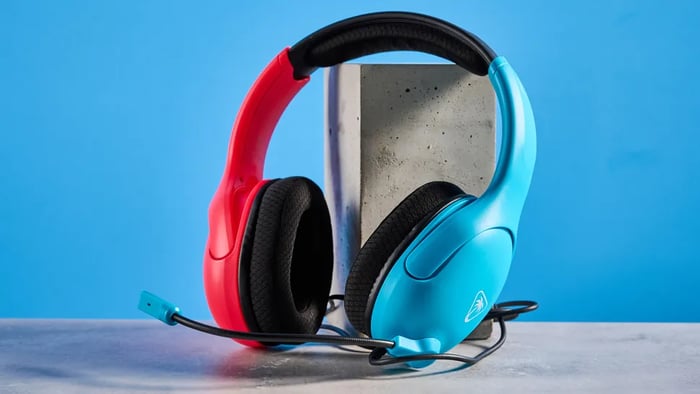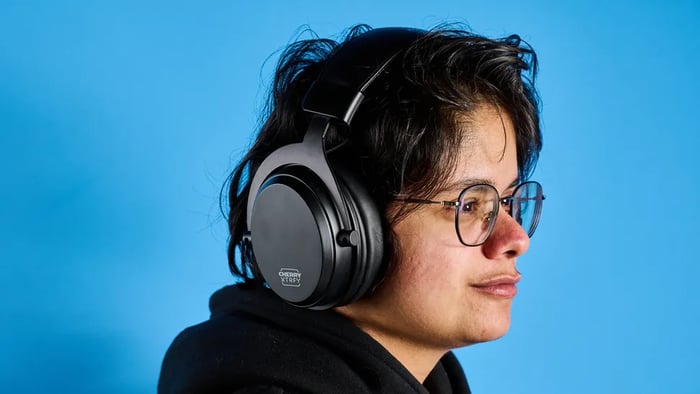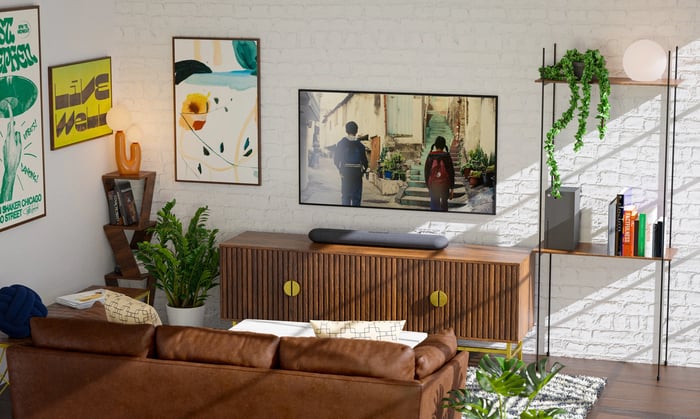
Bluesound Challenges Sonos with Powerful New Dolby Atmos Soundbars in Multiple Sizes
Bluesound Challenges Sonos with Powerful New Dolby Atmos Soundbars in Multiple Sizes
Bluesound takes on Sonos with two impressive Dolby Atmos soundbars, offering high-res audio and smart multiroom features for any living room setup.
When it comes to upgrading your home theater sound experience, size and power matter. Bluesound just stepped up the game with two seriously strong Dolby Atmos soundbars designed to take on the likes of Sonos — and they come in two sizes to fit different TV setups and rooms. If you're a fan of immersive sound and versatile streaming options, this news might just have you buzzing.
Meet the New Pulse Cinema Soundbars: Big and Compact
Bluesound introduced the Pulse Cinema and its little sibling, the Pulse Cinema Mini, making a clear statement: size and power don’t have to be mutually exclusive. The Pulse Cinema is a hefty 47-inch beast, perfect for TVs 55 inches and larger, while the Pulse Cinema Mini is a sleek 33-inch option crafted for TVs starting at 40 inches.
These new additions boast Dolby Atmos support, high-resolution audio, and MQA decoding, all running on Bluesound’s BluOS platform — a multiroom audio system that can link up with other Bluesound speakers for a truly enveloping soundstage.
If you’ve ever wrestled with juggling multiple streaming apps or devices, BluOS’s compatibility with over 20 streaming services — including TIDAL, Qobuz, Spotify, Amazon Music, Pandora, and Deezer — is a dream come true. Plus, it supports hi-res audio up to 24-bit/192kHz, so you’re getting crisp, detailed sound that audiophiles crave.
Pulse Cinema: The Flagship with Serious Muscle
Here’s where the Pulse Cinema flexes its muscles. It pumps out a robust 500 watts across 16 drivers, including a dedicated center channel, two 4-inch subwoofers, and upward-firing speakers that help craft that all-enveloping Dolby Atmos effect.
What’s really cool is the built-in digital signal processing that adjusts the sound depending on whether you mount the soundbar on a wall or set it on a media console. Connectivity-wise, you’re covered with HDMI eARC, optical input, analog RCA inputs, Bluetooth in/out, AirPlay 2, and a dedicated subwoofer output.
This setup feels like a direct challenge to the Sonos Arc Ultra, especially since Bluesound throws in more analog inputs and a subwoofer output, letting you pair it with whatever bass monster you prefer — a freedom not all soundbars provide.
Of course, with great power comes a price — the Pulse Cinema is a bit pricier than the Sonos Arc Ultra, but if the sound lives up to the specs, it could be worth every penny.
Pulse Cinema Mini: Compact Size, Still Packs a Punch
Don’t let the smaller frame fool you. The Pulse Cinema Mini delivers a solid 280 watts of power. It foregoes the upward-firing Atmos drivers but compensates with angled speakers and virtualized 2.1-channel Atmos sound, which can still fill smaller spaces with immersive audio.
It also offers the same versatility as its bigger sibling: subwoofer output, optical and RCA inputs, Bluetooth, and AirPlay 2. In many ways, it’s a more flexible alternative to the Sonos Beam 2, although it carries a slightly heftier price tag.
Availability and Pricing
Both soundbars will be available for pre-order starting September 24, 2025, with shipments beginning October 24.
- Pulse Cinema: $1,499 / £1,149 / €1,299
- Pulse Cinema Mini: $999 / £799 / €899
These prices reflect a premium tier, but the feature set and build quality might justify the investment for serious home audio enthusiasts.
Smart Home Compatibility and Streaming Excellence
Bluesound doesn’t stop at sound quality. Both soundbars integrate smoothly with popular smart home control systems like Control4, Crestron, and RTI, making them easy to include in high-end custom installations.
And thanks to BluOS, the multiroom platform that supports over 20 music streaming services in high resolution, these soundbars are future-proof for expanding your home audio ecosystem.
Both models are quite powerful, featuring Dolby Atmos, high-resolution audio, and MQA, along with Bluesound's BluOS multiroom audio platform.
Why Bluesound’s New Soundbars Matter
If you’ve been pining for a serious Sonos alternative — one that offers not just immersive Dolby Atmos but also the flexibility to connect various inputs and a wide range of streaming options — Bluesound’s Pulse Cinema series is a breath of fresh air. You get customization, powerful performance, and high-end tech wrapped in sleek designs.
The Pulse Cinema models feel like they were built by audiophiles for audiophiles, making them worth checking out if you want your home theater to sound as good as it looks.
FAQ
- What sizes are the new Bluesound Pulse Cinema soundbars?
The flagship Pulse Cinema measures 47 inches, ideal for TVs 55 inches and larger, while the Pulse Cinema Mini is 33 inches, suitable for TVs starting at 40 inches. - Do both soundbars support Dolby Atmos?
Yes, both feature Dolby Atmos, but only the larger Pulse Cinema has upward-firing drivers. The Mini uses virtualized 2.1-channel Atmos. - What streaming services are supported?
BluOS supports over 20 streaming services including TIDAL, Qobuz, Spotify, Amazon Music, Pandora, and Deezer. - Can I connect an external subwoofer?
Absolutely, both soundbars include subwoofer outputs for adding your preferred bass unit. - When will these soundbars be available?
Pre-orders start on September 24, 2025, with shipments beginning October 24.
If you’re inspired by the stunning design and rich sound of Bluesound’s Pulse Cinema series, why not bring that vibe home? Shop your favorite album cover posters at our store and create a space where music and style collide: Architeg Prints.
 | DISCOUNTGET 30% OFF*Use code on your next order:
|
* This post may contain affiliate links, meaning we earn a commission if you make a purchase through these links, at no additional cost to you.




